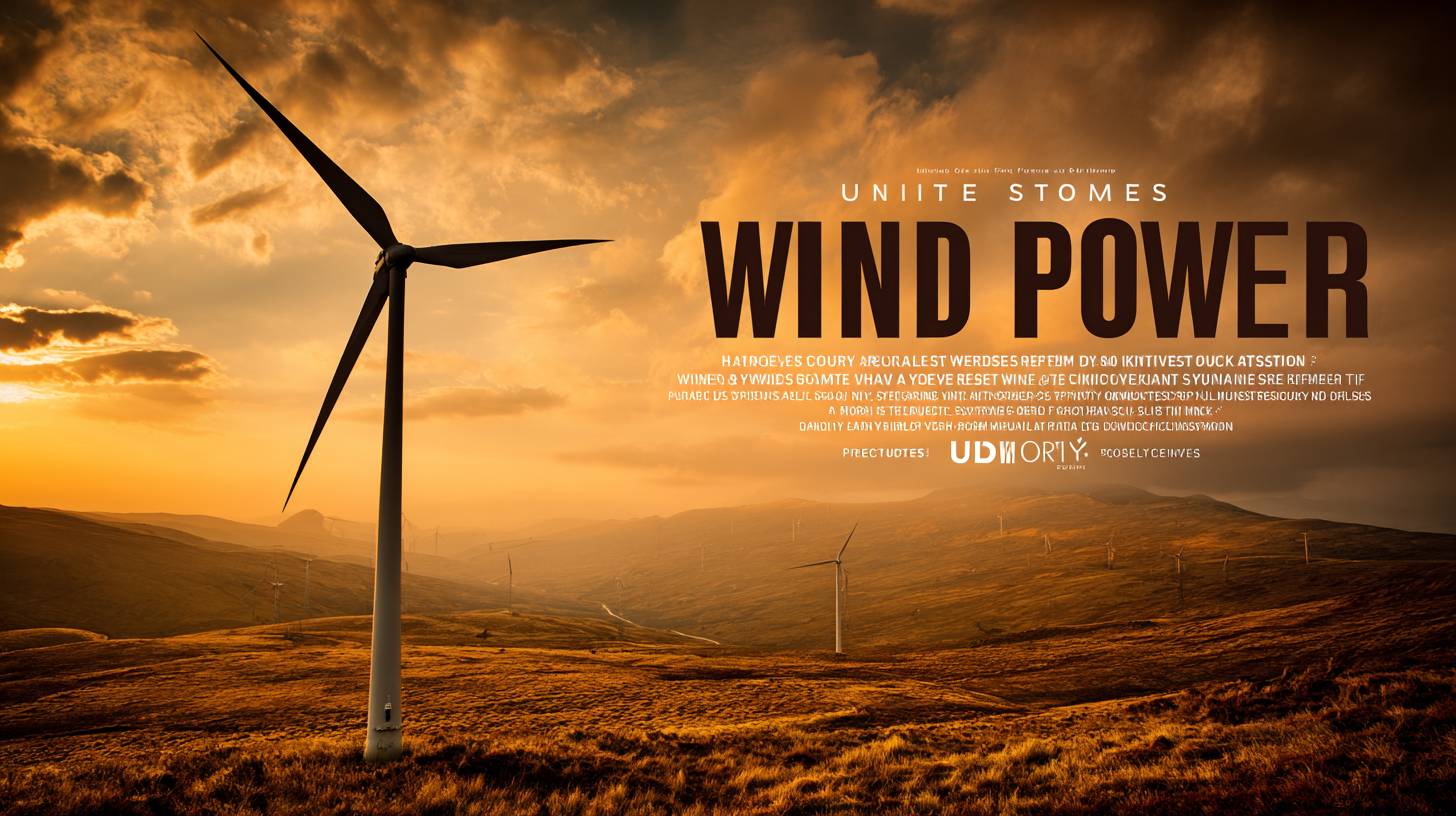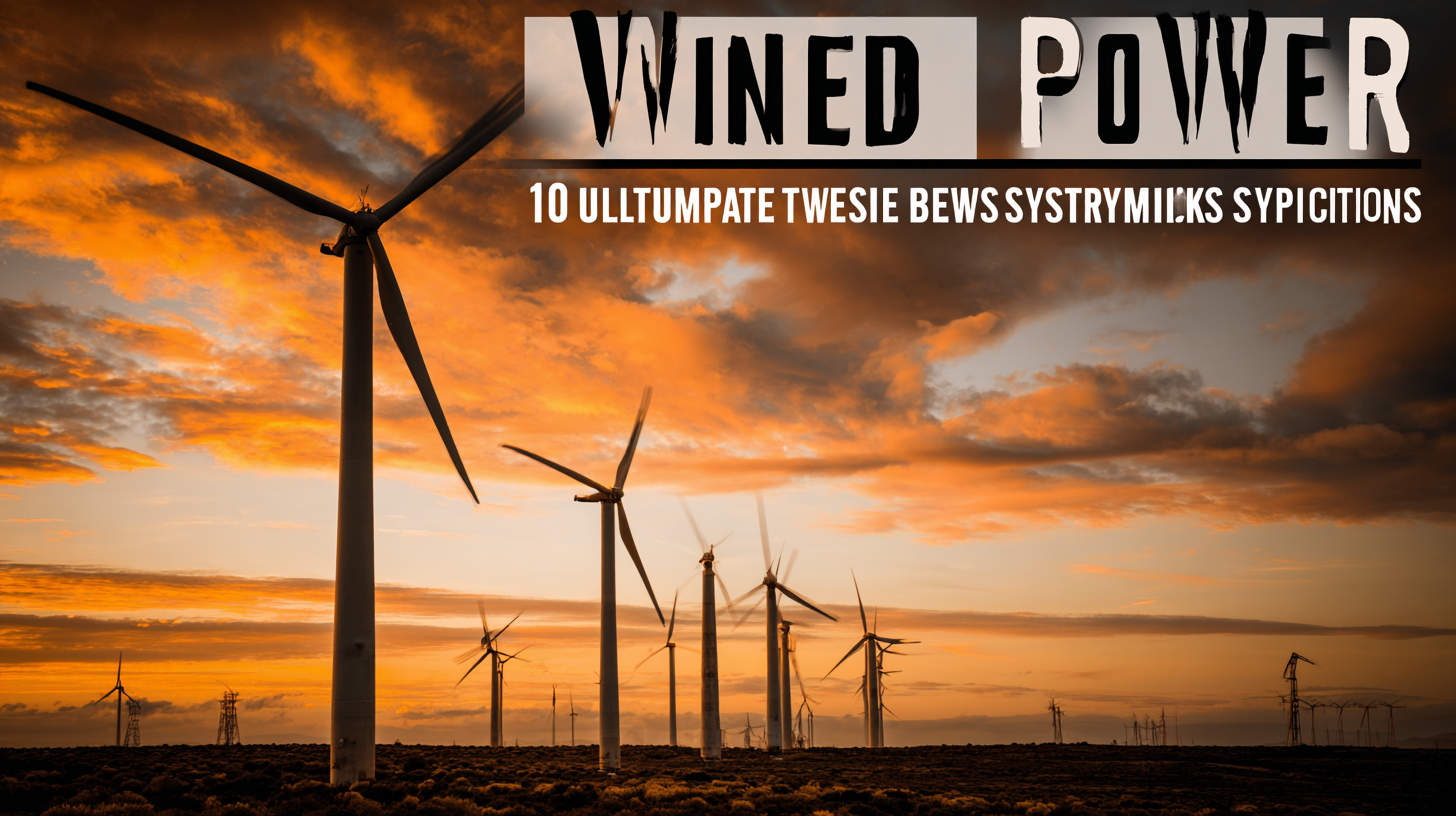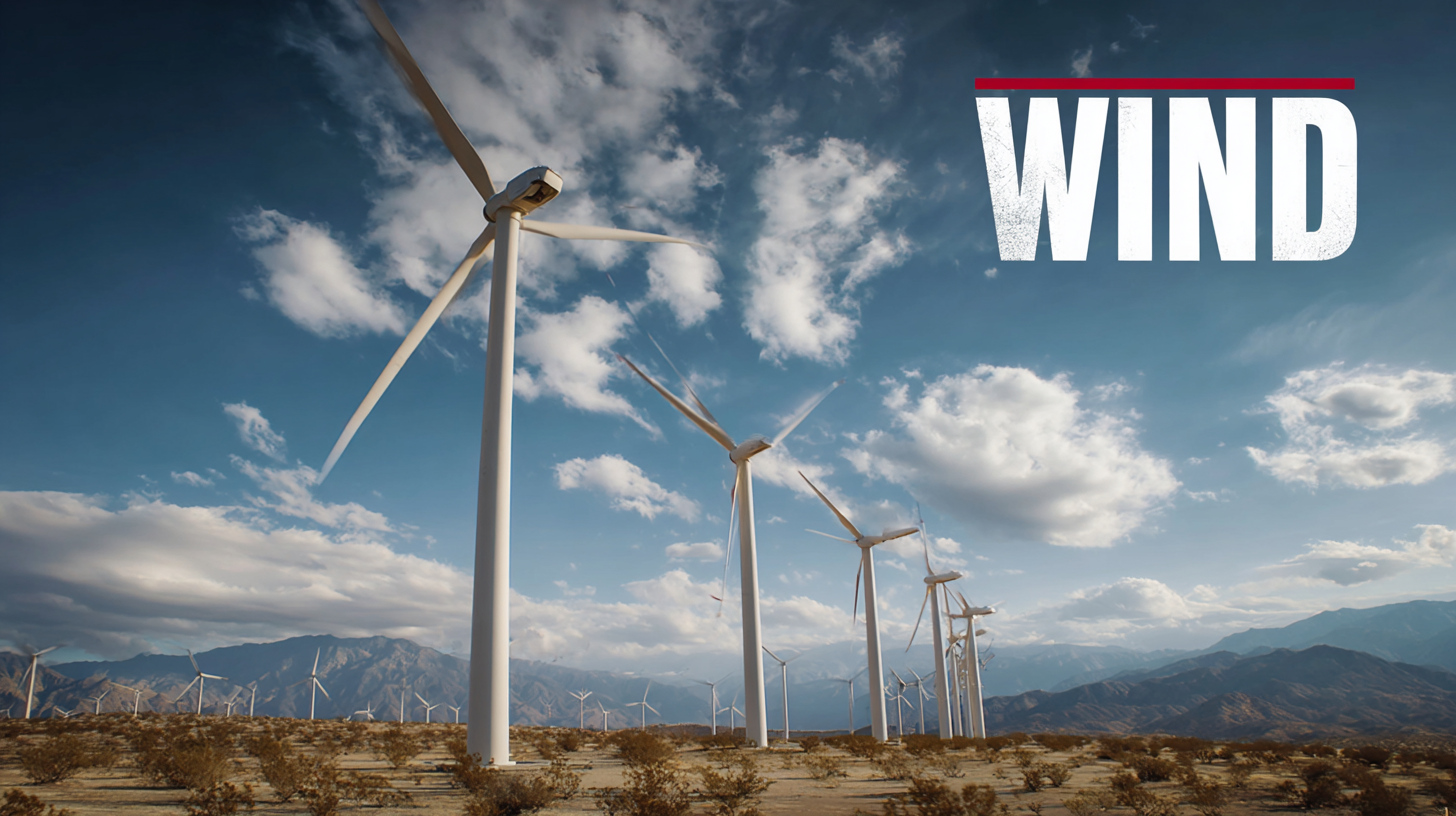In an era where sustainability and renewable energy are paramount, wind power stands out as one of the most efficient and environmentally friendly sources of energy available. As global awareness about climate change rises, more businesses and individuals are turning to wind power systems to harness the natural, limitless energy provided by the wind. This Ultimate Guide to Best Wind Power Systems aims to illuminate key specifications that are crucial for making informed choices in this dynamic market. With a focus on high-quality manufacturing from China, the guide not only highlights the technical aspects of wind power solutions but also emphasizes the significant role China plays as a global partner in producing reliable wind energy systems. Whether you are a seasoned professional in the renewable energy sector or just beginning your journey to understanding wind power, this comprehensive resource will equip you with the essential knowledge you need to navigate this transformative energy landscape.

When selecting a wind power system, several critical factors must be carefully evaluated to ensure optimal performance and sustainability. One of the primary considerations is site selection, which involves assessing wind energy resources and the suitability of locations. Recent studies highlight the importance of using geographical information systems (GIS) to identify ideal wind farm sites based on parameters such as wind speed and environmental impacts. For example, the analysis for Gwadar District in Balochistan demonstrates how targeted geospatial technologies can enhance the efficiency of wind energy projects by identifying areas with the highest potential for energy generation.
Another vital factor to consider is the integration of wind power with energy storage solutions. The emergence of wind power coupled hydrogen energy storage (WPCHES) has been recognized as a promising method for tackling carbon emissions. Optimal selections for these systems must account for market risks and stakeholder participation, ensuring that both the economic and environmental benefits are maximized. Research shows that effective evaluations using multicriteria decision-making (MCDM) techniques can streamline this process by systematically weighing material properties like corrosion resistance and efficiency, crucial for the longevity and performance of wind turbines.
| Specification | Value | Importance |
|---|---|---|
| Rated Power (kW) | 5 - 10 | Determines energy output capability |
| Rotor Diameter (m) | 3 - 5 | Influences the wind capture area |
| Cut-in Wind Speed (m/s) | 3 - 4 | Minimum wind speed for operation |
| Rated Wind Speed (m/s) | 12 - 15 | Optimal wind speed for maximum efficiency |
| Cut-out Wind Speed (m/s) | 25 | Maximum safe wind speed for operation |
| Tower Height (m) | 20 - 50 | Affects exposure to winds |
| Weight (kg) | 500 - 2000 | Impacts installation and stability |
| Noise Level (dB) | 40 - 60 | Affects residential areas |
| Estimated Lifespan (years) | 20 - 25 | Indicates durability and ROI |
| Maintenance Cost (per year) | $200 - $1000 | Affects total cost of ownership |
When considering the optimal performance of a wind turbine, several essential specifications must be prioritized. The first key specification is the turbine's rotor diameter, as it directly influences the amount of wind energy captured. A larger rotor diameter allows for greater energy generation, making it a critical factor in maximizing efficiency. Coupled with this is the turbine's height; taller turbines can access stronger wind currents, further enhancing energy output.
Another vital specification is the cut-in wind speed, the lowest wind speed at which the turbine starts generating electricity. Turbines with lower cut-in speeds can produce energy in less windy conditions, providing greater reliability. Additionally, the rated wind speed indicates the optimal wind speed at which turbines produce their maximum power output. Understanding these metrics helps in selecting a wind power system that not only meets energy demands but also adapts to varying wind conditions, ensuring robust and consistent energy production.

When considering wind power systems, the choice between small and large scale options significantly impacts energy production and installation costs. Small scale wind power systems, typically rated under 100 kW, are ideal for residential and small business use. They offer flexibility in terms of installation, being able to fit into less expansive areas, and provide a decentralized energy solution. These systems can contribute substantially to energy savings and reduce reliance on grid electricity, especially in remote locations. However, their energy output can be inconsistent, depending on local wind conditions.
In contrast, large scale wind power systems, often exceeding 1 MW, are designed for utility-scale energy production. These systems benefit from economies of scale, producing energy more consistently and at lower costs per kilowatt-hour than their smaller counterparts. Large wind farms can harness significantly more kinetic energy from the wind, leading to higher overall production capacities. However, they require extensive land and are subject to regulatory, environmental, and logistical considerations. Ultimately, the decision between small and large scale systems hinges on specific energy needs, location, and investment capacity, making a thorough analysis crucial for potential investors.
Maintaining wind energy systems is crucial to maximizing their efficiency and life expectancy. Regular inspections should be a top priority for operators, as these checks help identify wear and tear before they escalate into significant issues. Key components such as turbine blades, gearboxes, and bearings must be closely monitored. Keeping a detailed log of inspections aids in tracking the condition of the equipment over time and ensures that any necessary repairs can be made promptly.
In addition to inspections, lubrication is vital for the operational integrity of wind turbines. It reduces friction between moving parts, which can significantly extend the lifespan of components. Using the right type of lubricant and adhering to a regular maintenance schedule can prevent costly downtimes. Moreover, cleaning the turbines from debris and dirt buildup not only enhances their performance but also improves energy output. Following these essential maintenance practices not only ensures longevity but also maximizes the return on investment in wind energy solutions.
 The future of wind power systems is being revolutionized by innovative technologies that enhance efficiency and sustainability. One of the most significant advancements is the development of larger and more aerodynamic turbine blades. These blades are designed to capture more wind energy with greater efficiency, allowing turbines to generate more power even at lower wind speeds. Additionally, with the advent of smart sensors and IoT technology, operators can now monitor turbine performance in real time, optimizing energy output and reducing maintenance costs.
The future of wind power systems is being revolutionized by innovative technologies that enhance efficiency and sustainability. One of the most significant advancements is the development of larger and more aerodynamic turbine blades. These blades are designed to capture more wind energy with greater efficiency, allowing turbines to generate more power even at lower wind speeds. Additionally, with the advent of smart sensors and IoT technology, operators can now monitor turbine performance in real time, optimizing energy output and reducing maintenance costs.
Another fascinating trend is the integration of artificial intelligence into wind farm management. AI systems analyze vast amounts of data from wind turbines and local meteorological conditions to forecast energy production. This improves grid stability and maximizes the energy yield from renewable sources. Furthermore, floating wind farms are becoming a reality, enabling the harvesting of wind energy in deeper waters, where winds are stronger and more consistent. These advancements not only promise to boost the efficacy of wind power systems but also contribute significantly to the global shift towards cleaner energy solutions.